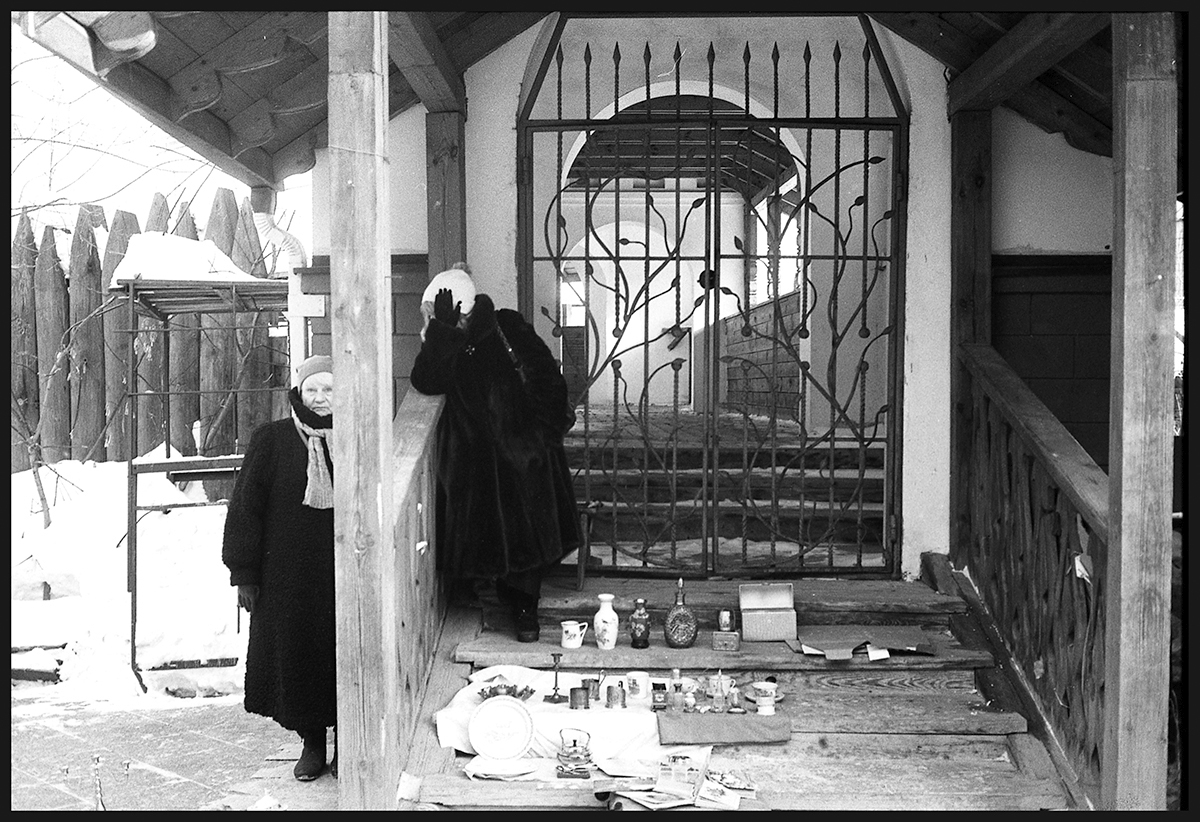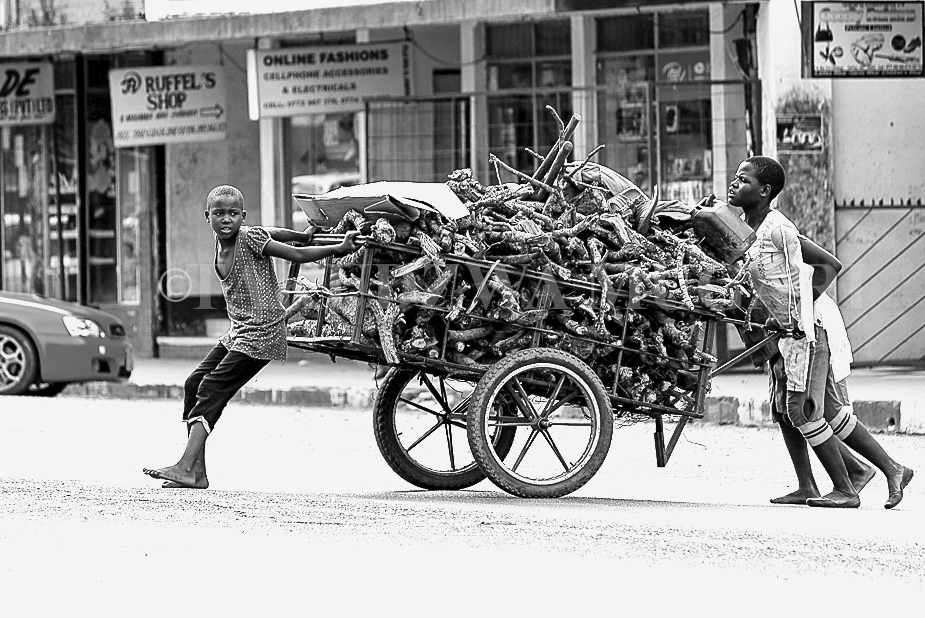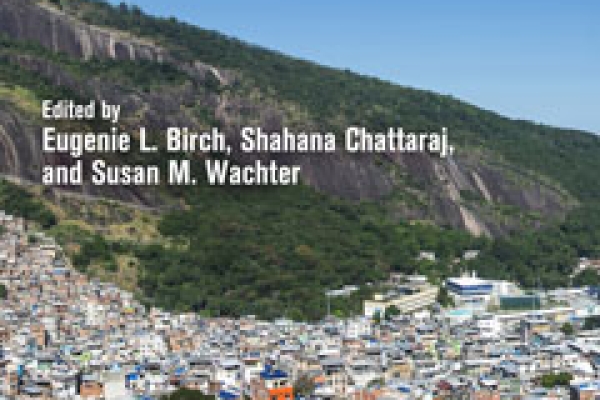Today, cities of the Global South are experiencing annual population growth rates sometimes exceeding three or four percent. Within the next three decades, they are expected to absorb an additional 2.2 billion people. The accelerating urbanization of these places follows a pattern not unlike what sociologist Louis Wirth observed in Chicago in the first two decades of the 20th century, except for one key difference: today’s expanding metropolises coincide with the proliferation of informality in all aspects of life.
On April 24, Penn IUR, the Weitzman School of Design, and Perry World House hosted a roundtable entitled “Why Cities? Informality as a Way of Life: Challenges to Sustainable Urban Development.” The roundtable aimed to align current research and initiatives to guide the course of the coming decade and beyond. Speakers considered how the varied interpretations of informality (e.g. a form of marginalization from formal society, a semi-integration into formal society, or a rational form of survival within state-sanctioned institutional arrangements) are shaping the efforts to pursue sustainable urban development over the next three decades, as expressed in global to local responses.
As part of the event, Penn IUR hosted a photo contest on the theme of urban informality, inviting people around the world to submit images that capture the ways that people in urban areas create or use informal systems to survive and thrive. We received photographs that reflected the diverse and often interconnected aspects of informality—housing, work, transportation, food production, education, and a variety of services—as well as a host of other facets of urban life. We received more than 300 submissions from photographers around the world, depicting the power, complexity and sheer magnitude of informality in urban life across the globe.
The winning photo, “Bamboo Slum” (above) by Mohammad Rakibul Hasan, depicts informal housing in Dhaka, Bangladesh. The photo is a striking image of children peering out the doorways of their homes, makeshift structures balanced atop tall bamboo reeds. Hasan writes of the photo: “Most of the slums around Dhaka are built illegally to accommodate low-income earners who come to seek opportunities from different parts of Bangladesh. Canals, open spaces and street sides are occupied by the floating people who are living in unhygienic conditions.”
Below are the powerful images of the runners-up, as well as of all ten finalists.
Runner Up
Myanmensingh Road by Rafayat Haque Khan
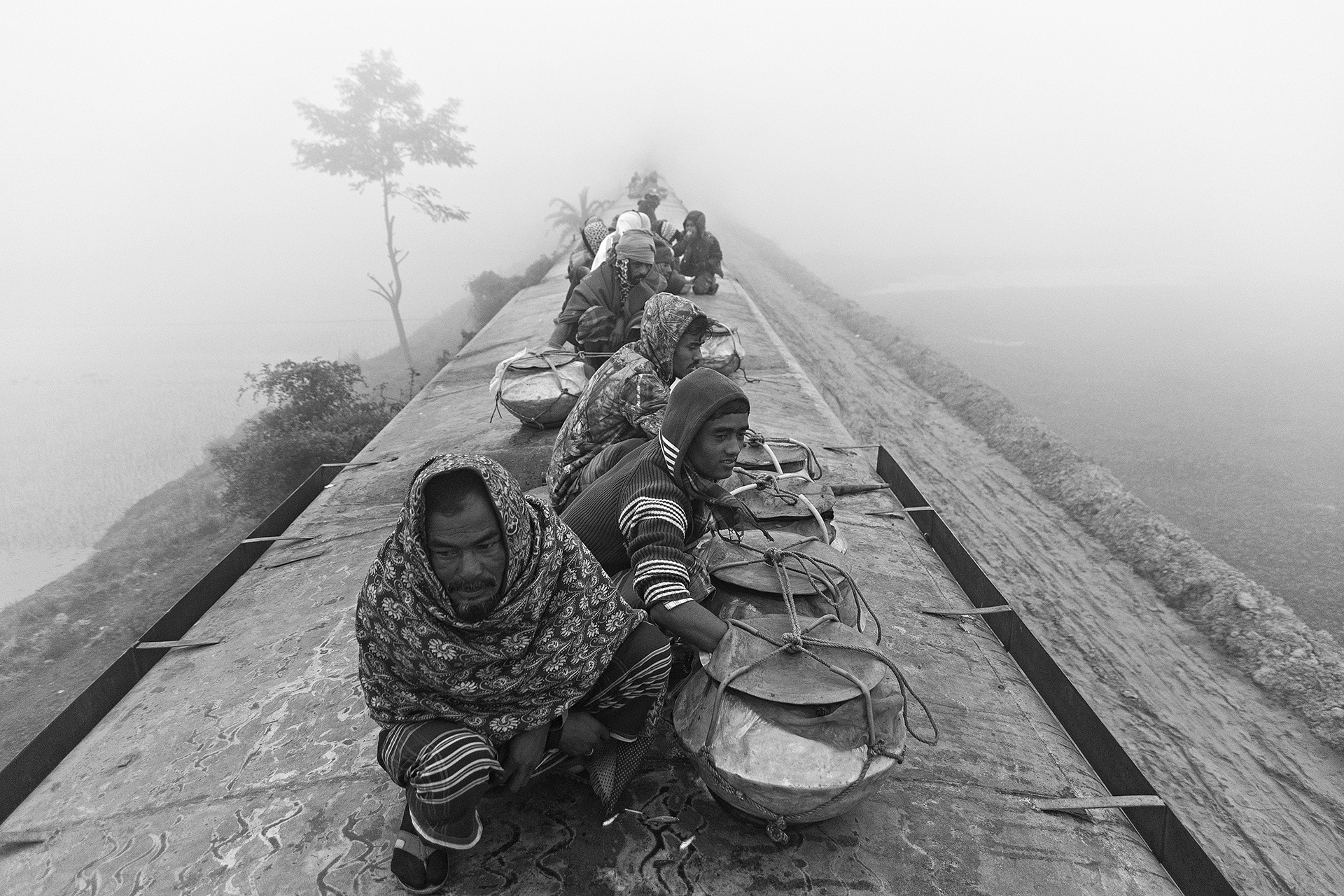
Description: Small and medium entrepreneur businessmen from different localities of Bangladesh travel on the roof of a train in the foggy morning with their fish and other products to the capital city of Dhaka for selling. Location: Dhaka, Bangladesh.
Runner Up
Through the Launderer’s Lane by Amitava Chandra
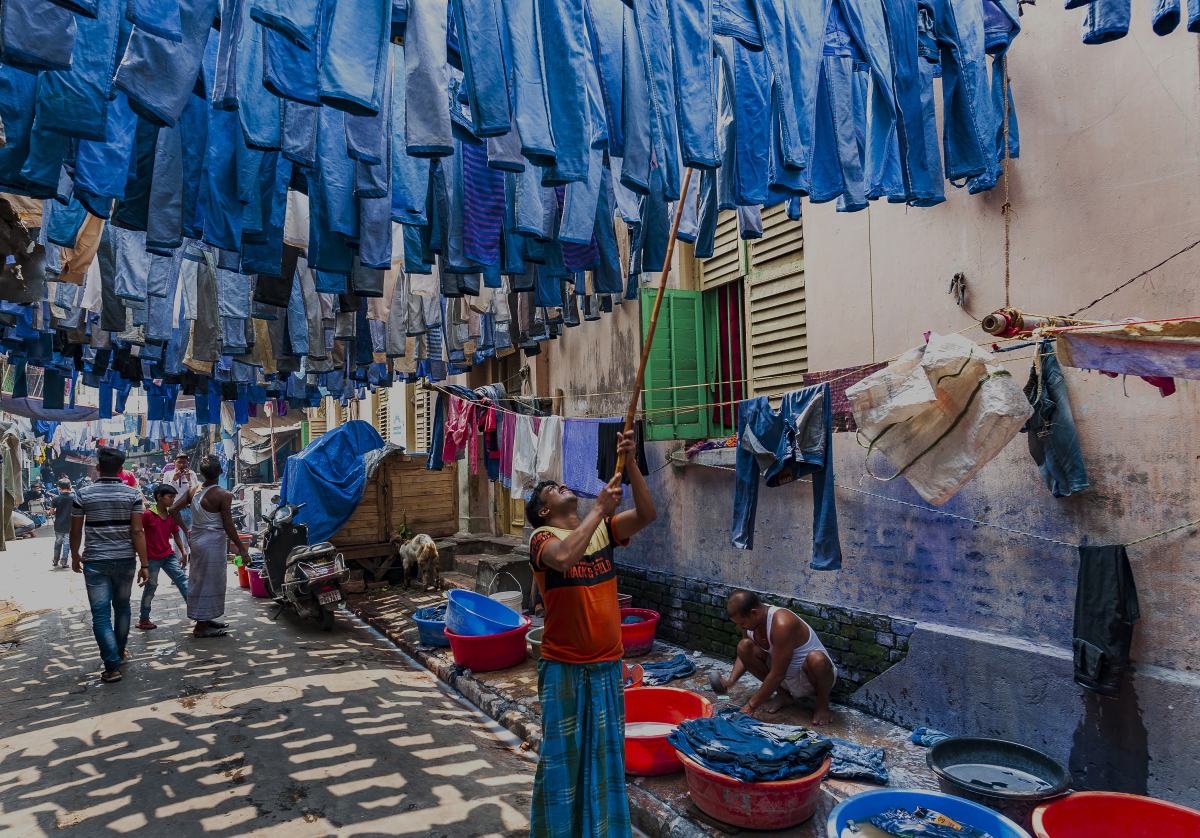
Description: The unique proposition of doing a successful laundry business on a narrow lane as the washed clothes are hanged to dry under sun-rays, on the wires connected between two walls of the buildings of opposite sides. Location: Kolkata, India.
Runner Up
Untitled by Syed Mahabubul Kader
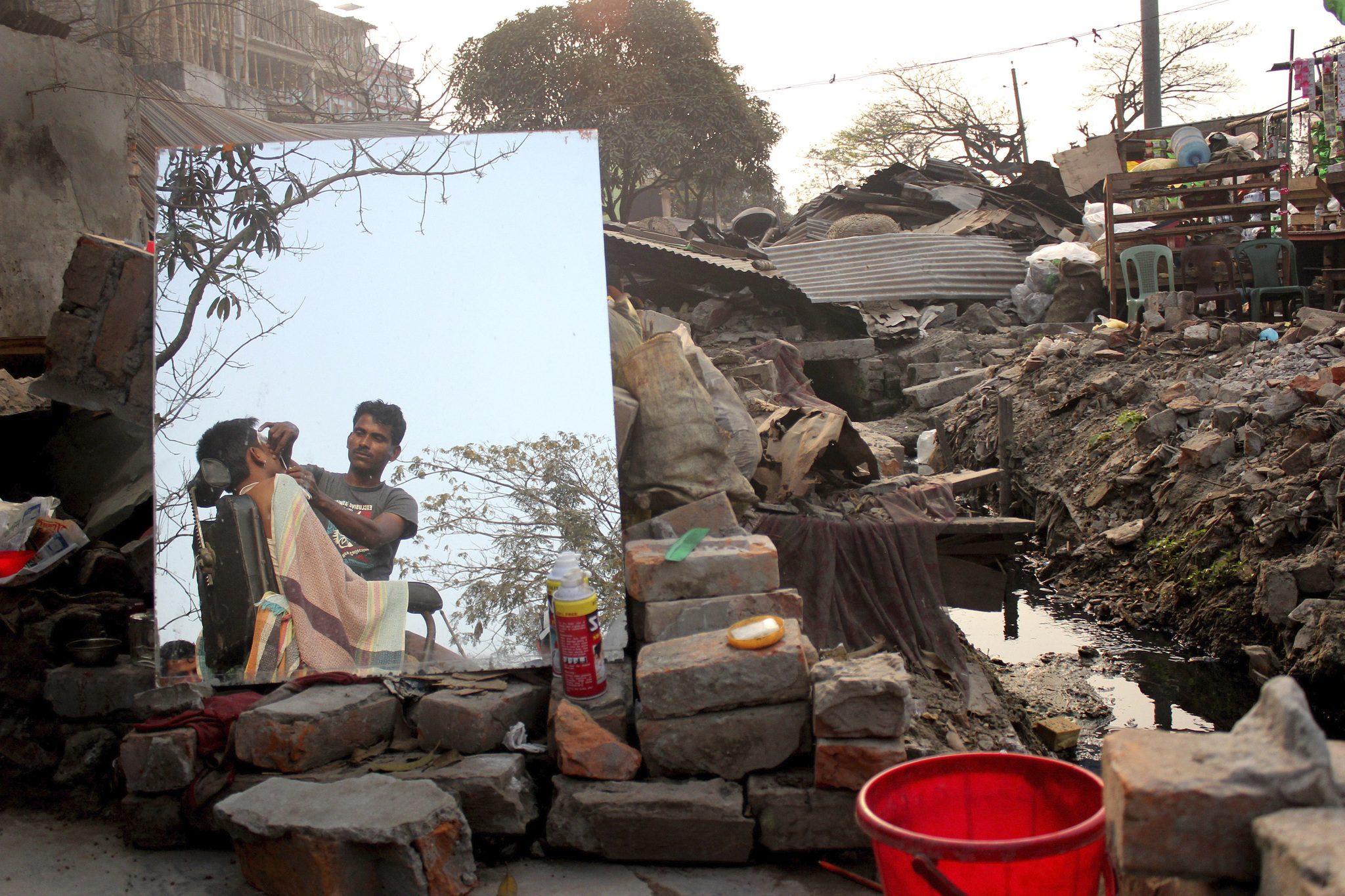
Location: Dhaka, Bangladesh
Finalists
Sleeping World by Nafis Ameen
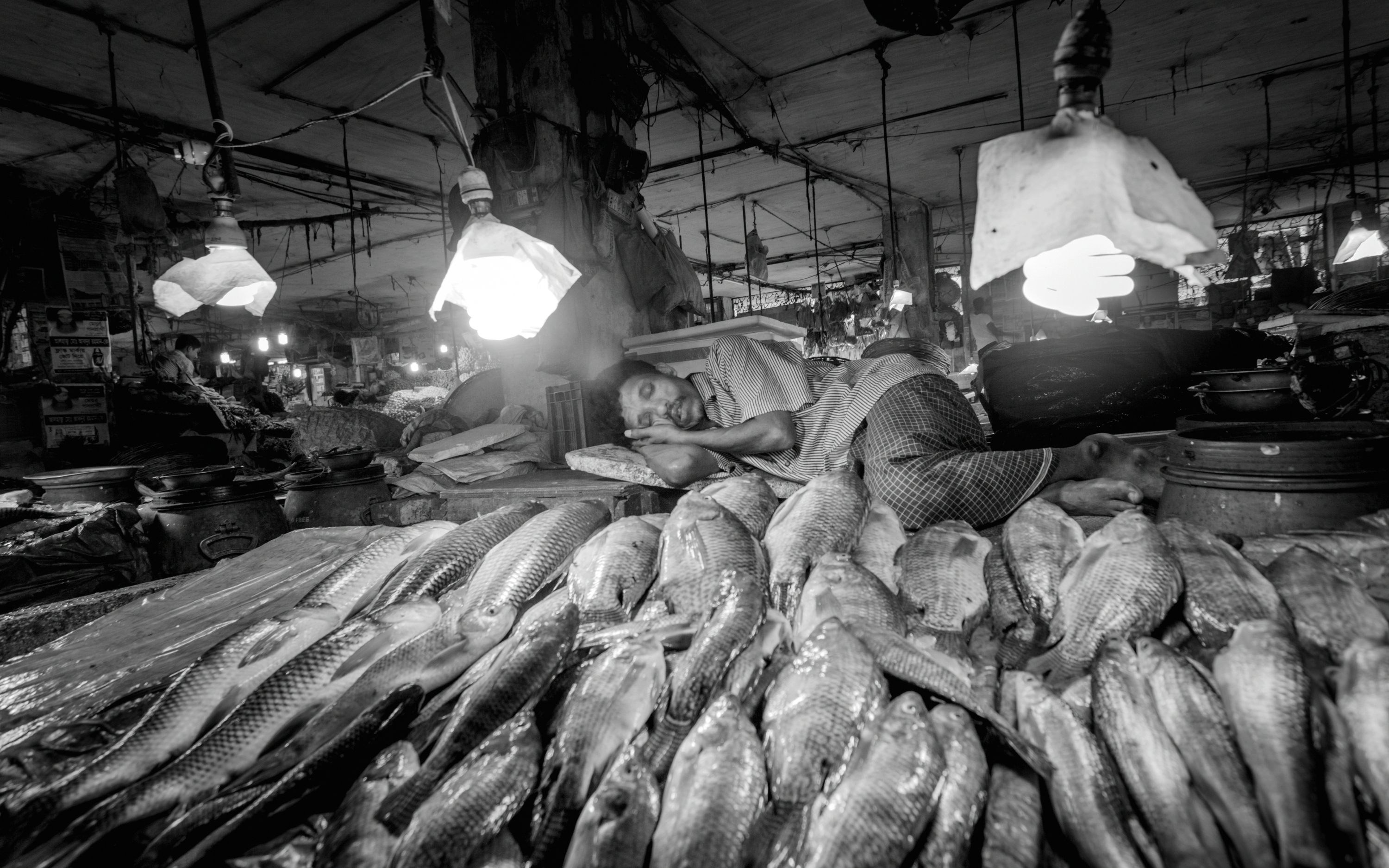
Location: Dhaka, Bangladesh
The Coconut Seller by Suvajit Mukherjee
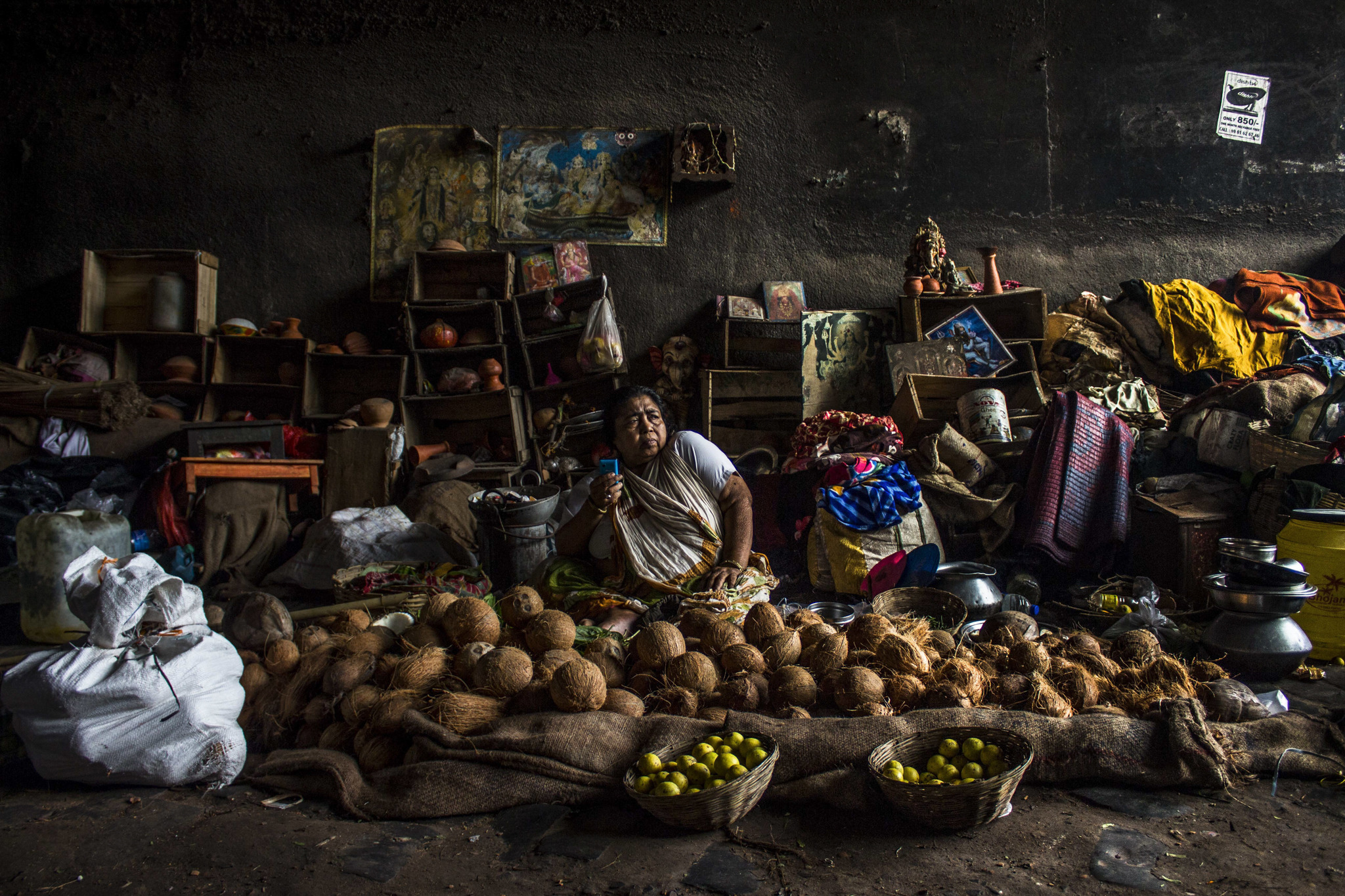
Location: Kolkata, India
Flower Pickers by Azim Khan Ronnie
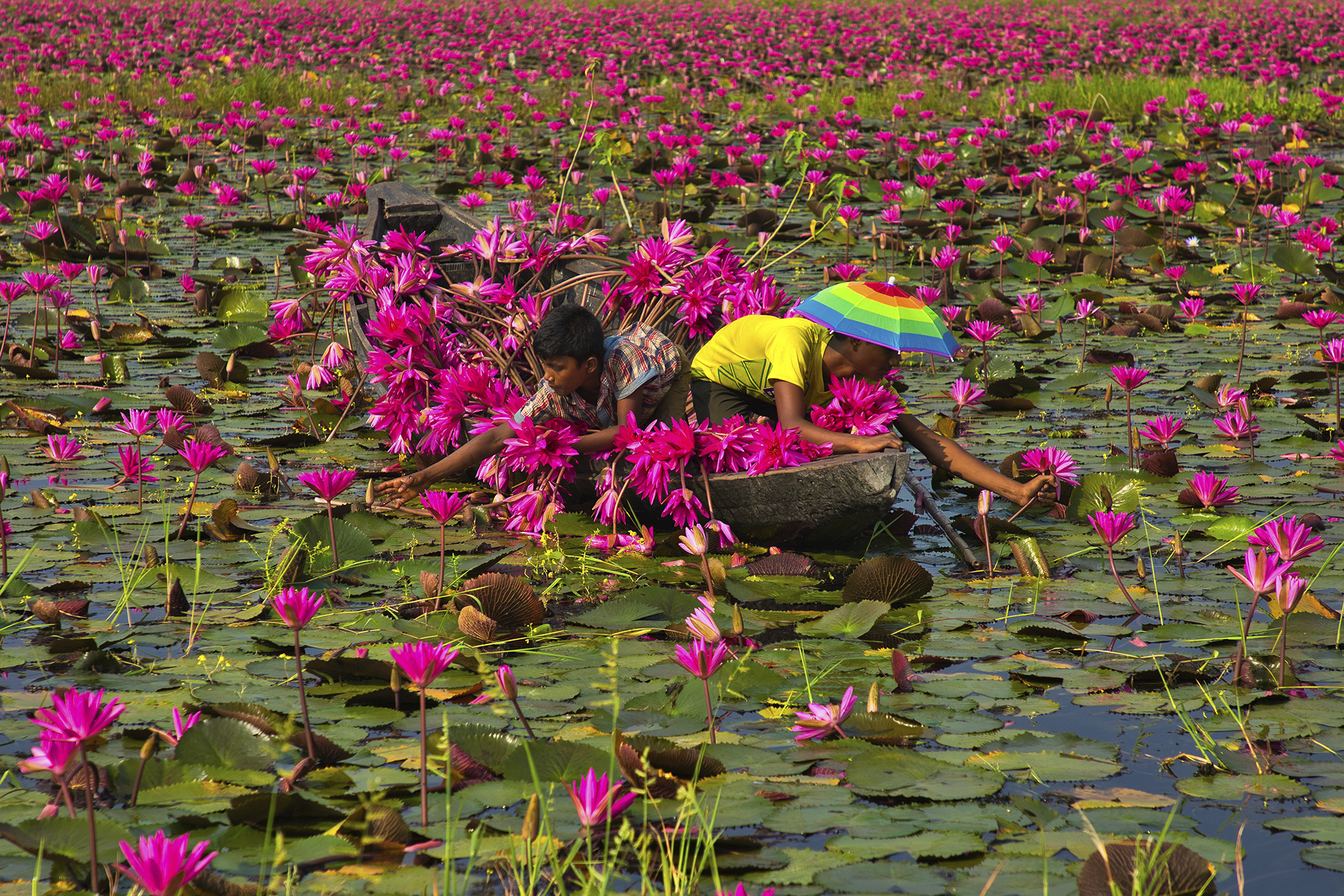
Location: Dhaka, Bangladesh
Reflections by Takudzwa Mugari
Description: A group of young girls (below the working age) strive for survival in an urban area through selling of fire wood with a cart. Location: Chinhoyi Town, Zimbabwe.
Lifestyle of Boat Laborers by Rayhan Ahmed
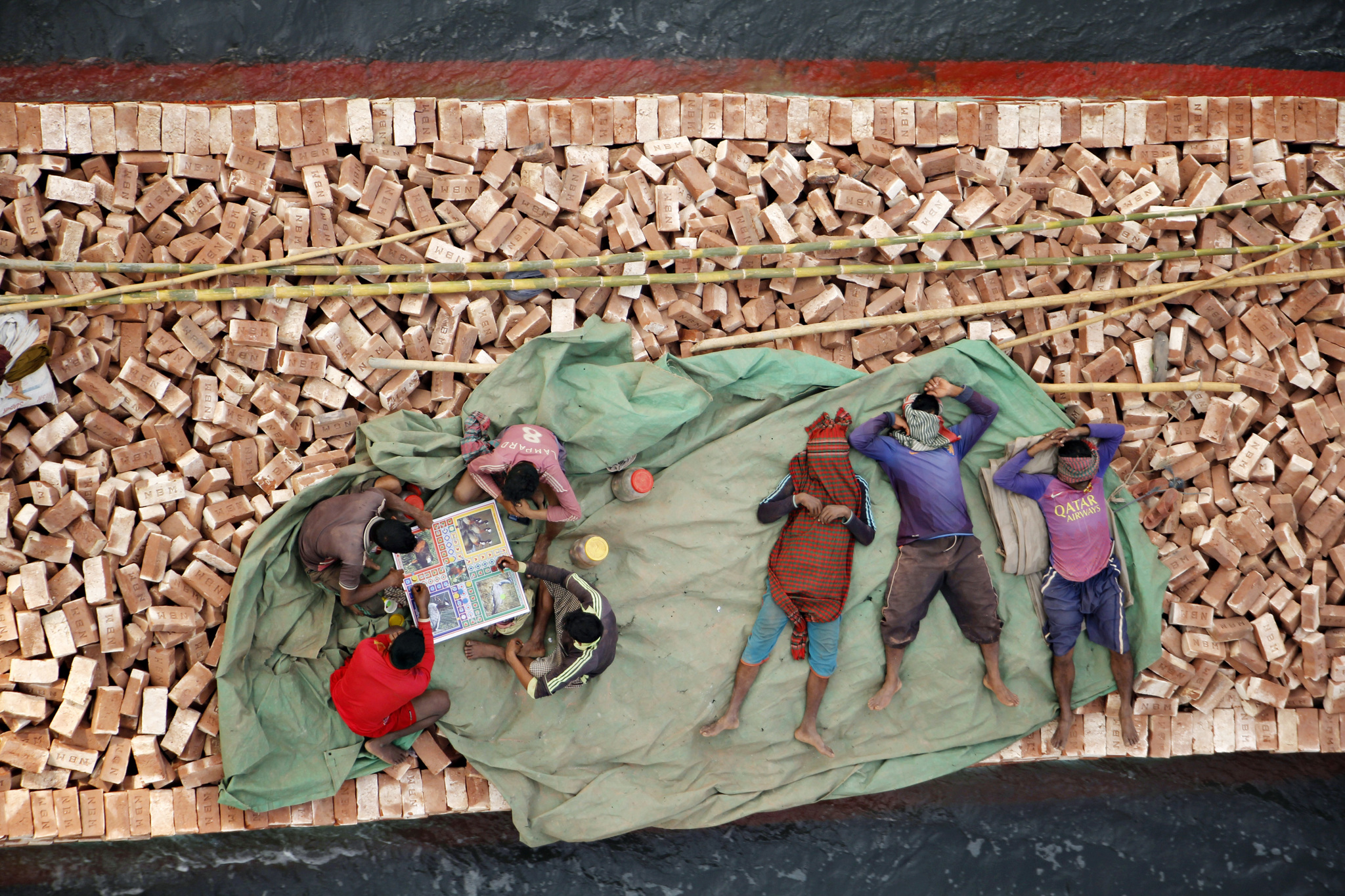
Description: To earn a livelihood is a great struggle in human life. The experience is different from class to class.The life of a day laborer is a challenge for survival. Each day is a struggle to fulfill their basic needs. This photograph expresses this story. In this view, we can see a group of day laborers, some taking a rest and some passing the time by playing a game. They enjoy a brief moment of rest during their short break from backbreaking work. Location: Dhaka, Bangladesh.
Illegal Marketplace by Олег Герман
